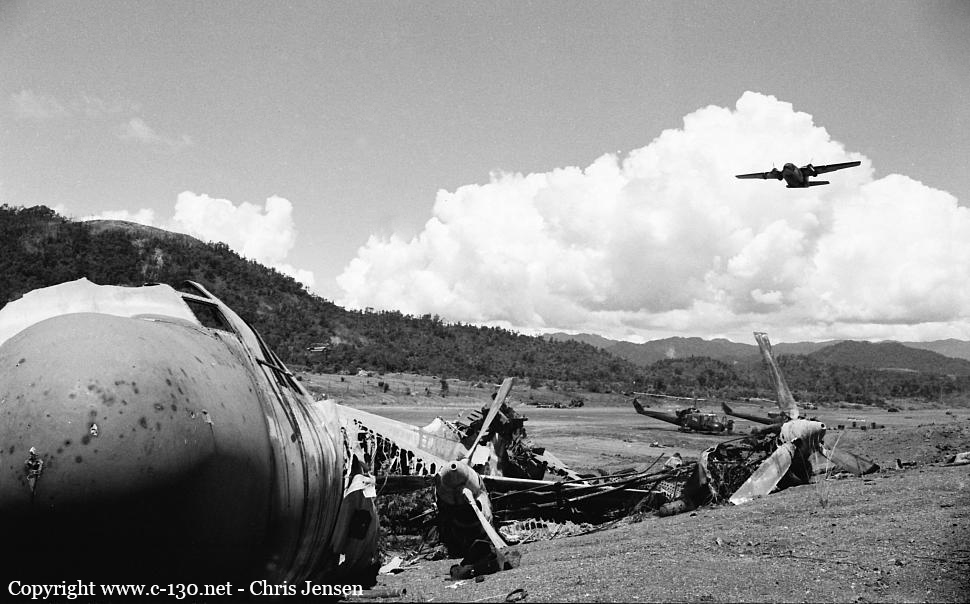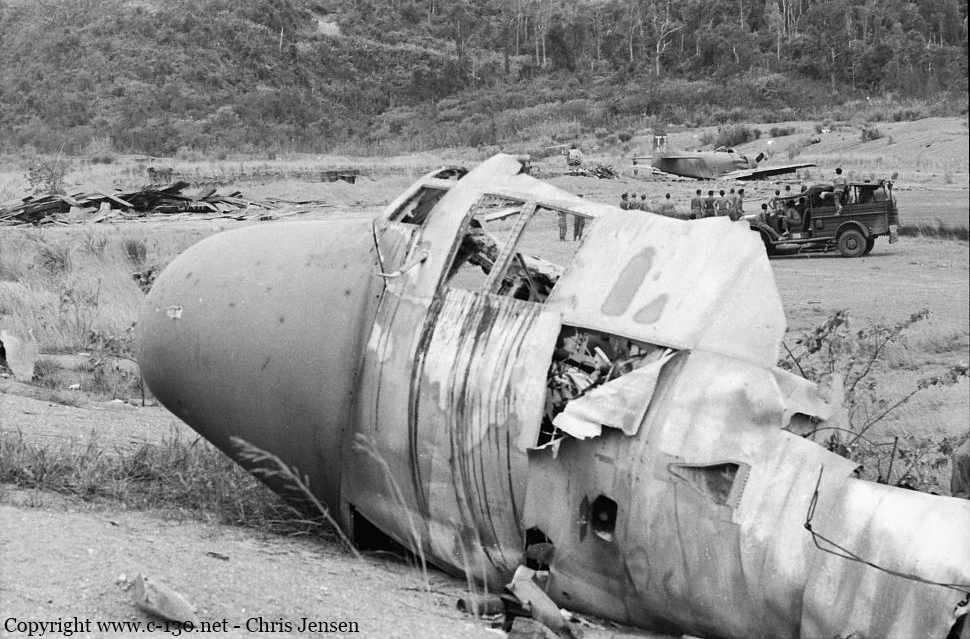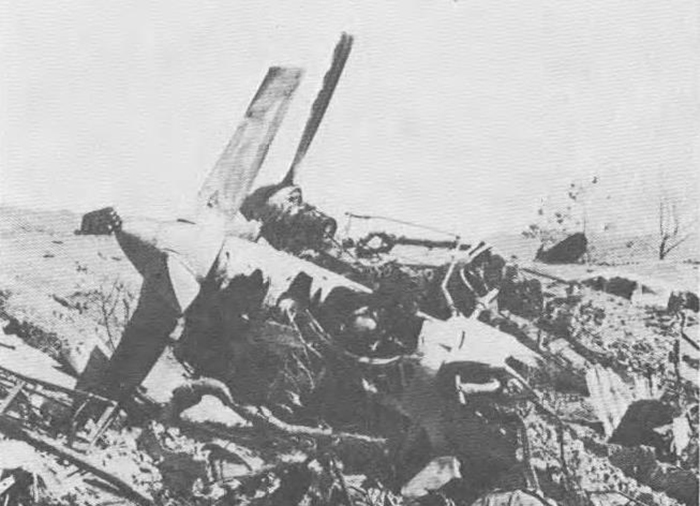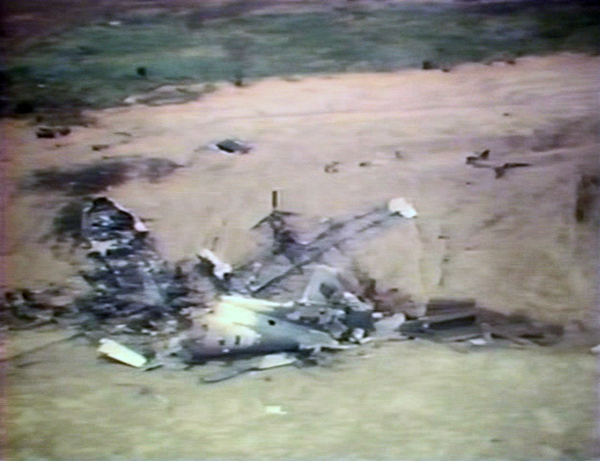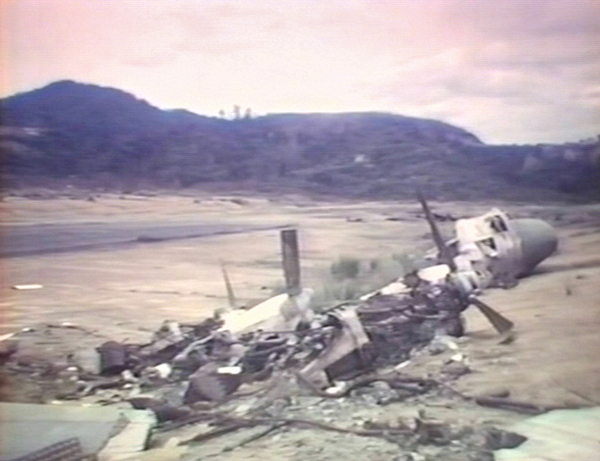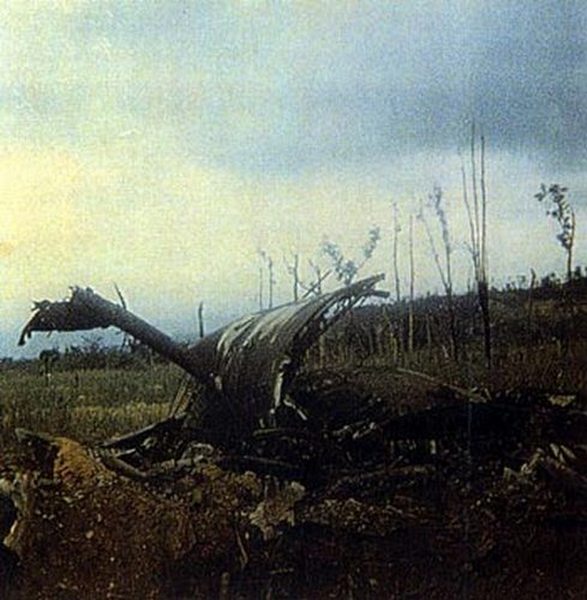Crash of a Lockheed C-130A Hercules in Muang Nong: 9 killed
Date & Time:
May 22, 1968
Registration:
56-0477
Survivors:
No
MSN:
3085
YOM:
1957
Crew on board:
9
Crew fatalities:
Pax on board:
0
Pax fatalities:
Other fatalities:
Total fatalities:
9
Circumstances:
The aircraft was engaged in a flare mission over south Laos when it crashed in a huge explosion in the jungle. All nine crew members were killed and the exact circumstances of the crash was not determined. It may be possible the aircraft was shot down by enemy fire but this was not proven.
Crew:
Lt Col William Henderson Mason,
Cpt Thomas Barry Mitchell,
Maj Jerry Lee Chambers,
Cpt William Thomas McPhail,
S/Sgt Calvin Charles Glover,
Sgt Gary Pate,
A1C John Quincy Adam,
A1C Thomas Edward Knebel,
A1C Melvin Douglas Rash.
Crew:
Lt Col William Henderson Mason,
Cpt Thomas Barry Mitchell,
Maj Jerry Lee Chambers,
Cpt William Thomas McPhail,
S/Sgt Calvin Charles Glover,
Sgt Gary Pate,
A1C John Quincy Adam,
A1C Thomas Edward Knebel,
A1C Melvin Douglas Rash.



